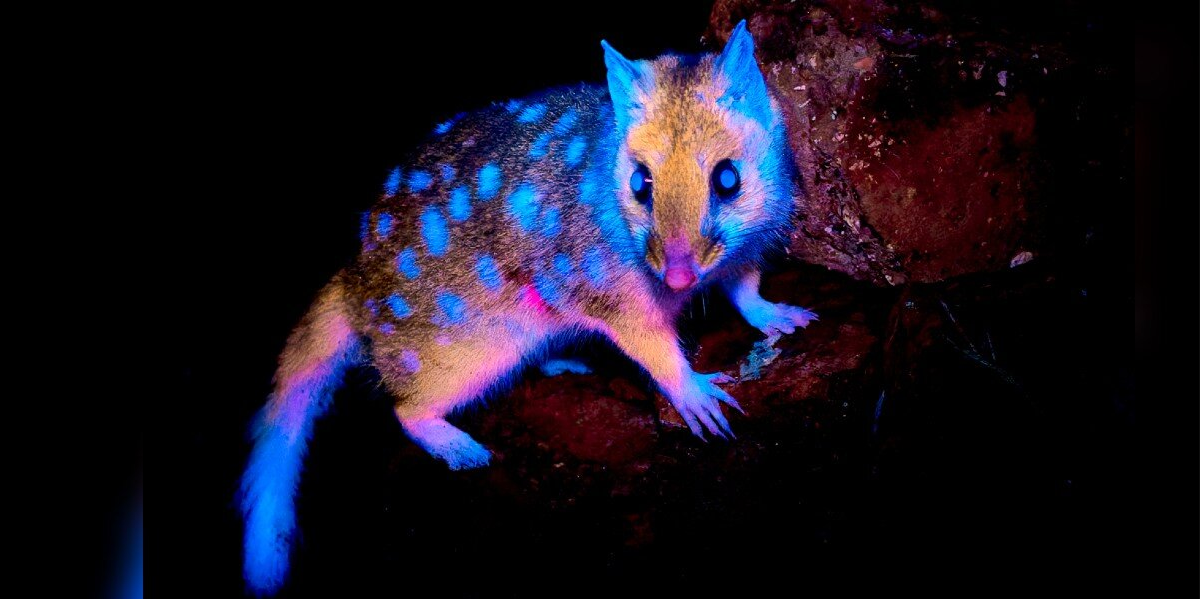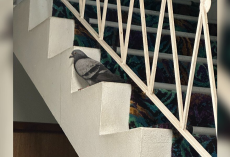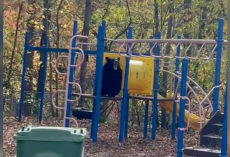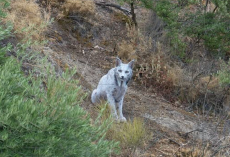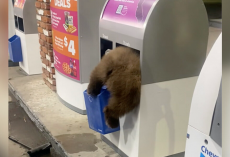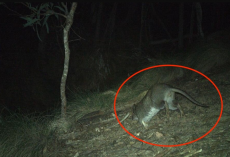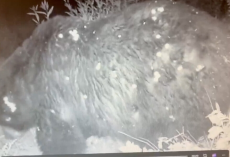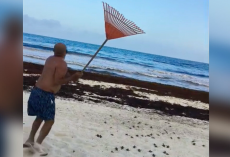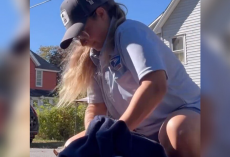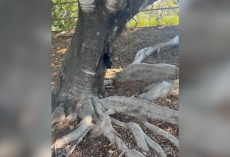At first glance, the eastern quoll could be mistaken for an ordinary, cat-sized marsupial. Native to Tasmania, Australia, these nocturnal creatures sport brownish-gray or black fur peppered with white spots — charming, but hardly extraordinary.
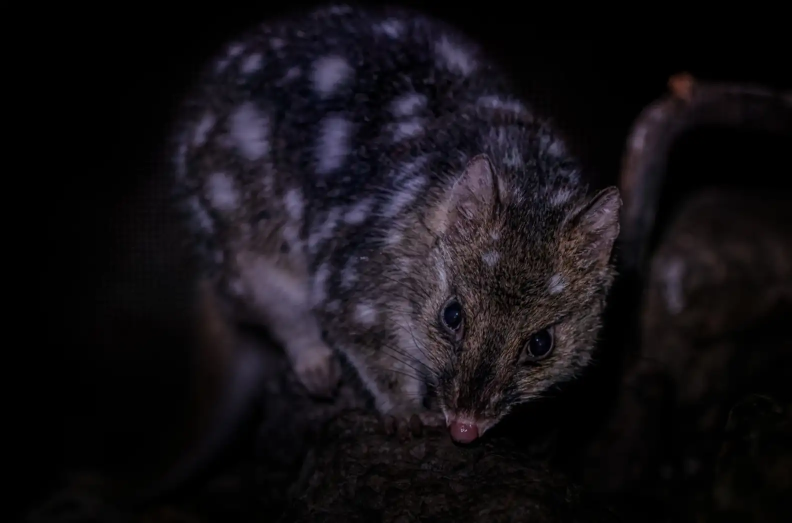
But hidden beneath their modest coats is a dazzling secret: under ultraviolet light, their fur glows like molten gold.
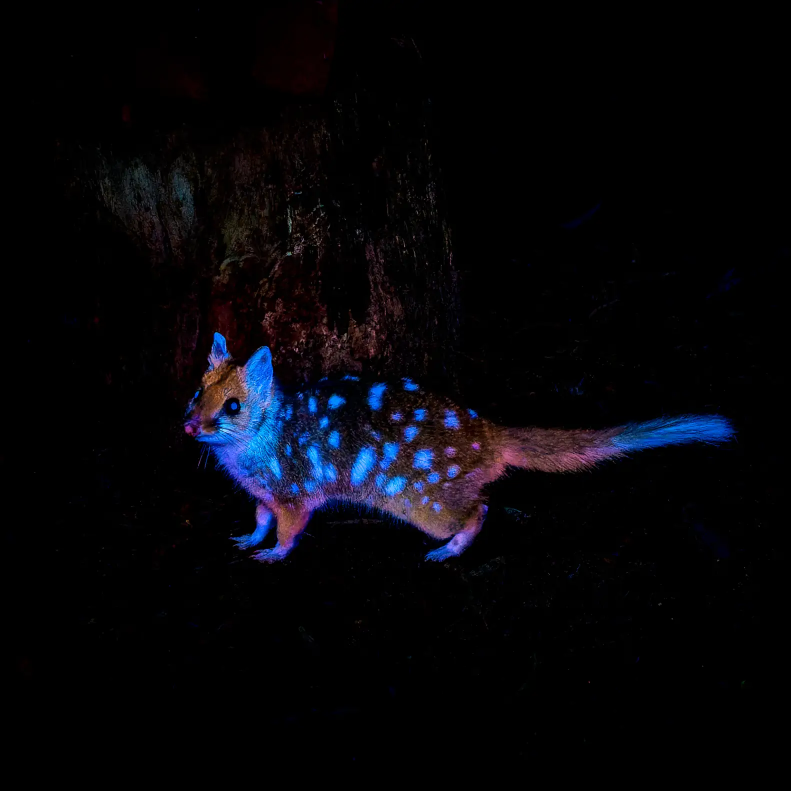
This phenomenon, called biofluorescence, happens when certain proteins or chemicals on an animal’s surface absorb one type of light and re-emit it as a different color — often in stunningly vivid hues. While it’s a natural feature for some animals, humans can’t see it without help.
“Technically, it’s always happening,” wildlife photographer Ben Alldridge explained to The Dodo. “But because our eyes aren’t designed to detect it, we never notice — unless we use UV light.”
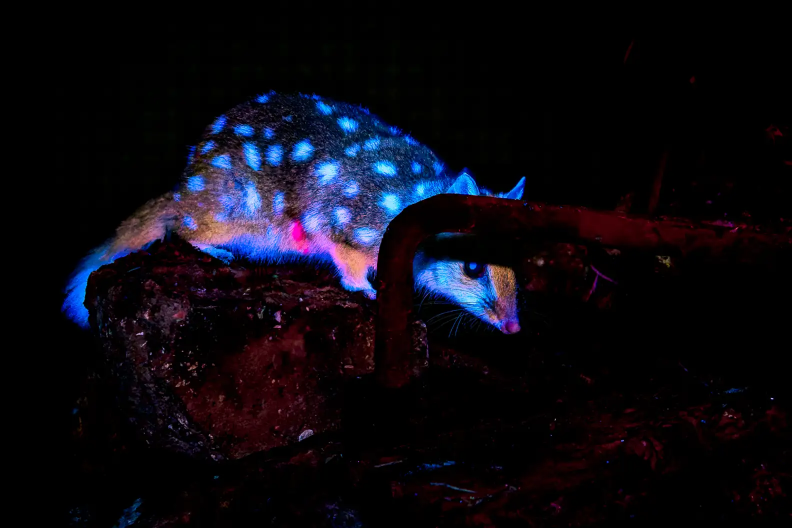
Last year, while camping deep in remote Southwest Tasmania, Alldridge experienced a moment he’ll never forget. Out of the shadows, a family of wild eastern quolls wandered into view. He froze, barely daring to breathe as the small, curious marsupials inched closer.
Alldridge had studied biofluorescence for years, so he happened to be carrying a specialized UV strobe flashlight. After making sure the light wouldn’t disturb them, he switched it on — and the night exploded with color.
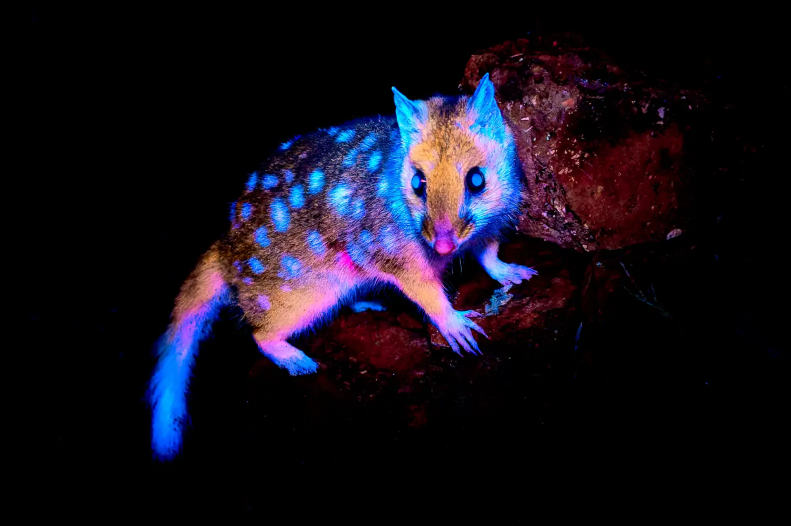
“You wouldn’t expect their soft gray fur to transform into this glowing, golden-peach hue with flashes of intense red,” Alldridge said. “It was mesmerizing.”
While he had photographed quolls’ biofluorescence before at Bonorong Wildlife Sanctuary, this was different. This was the wild — untamed, unplanned, and pure magic.
“I believe this is the first time fluorescence has been documented in eastern quolls in a wild setting,” Alldridge wrote on Instagram. “If not, it’s certainly among the clearest imagery ever captured.”
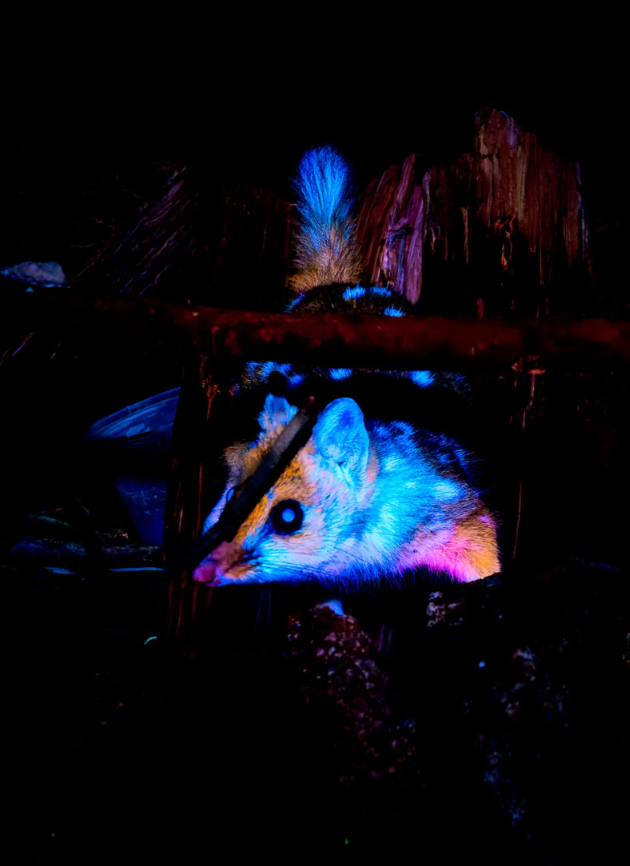
Biofluorescence isn’t unique to quolls — it’s been found in everything from corals to parrots — but it remains a mystery. Scientists still don’t know why it happens. It might help with communication, mating, or camouflage, but the truth is, much more research is needed.
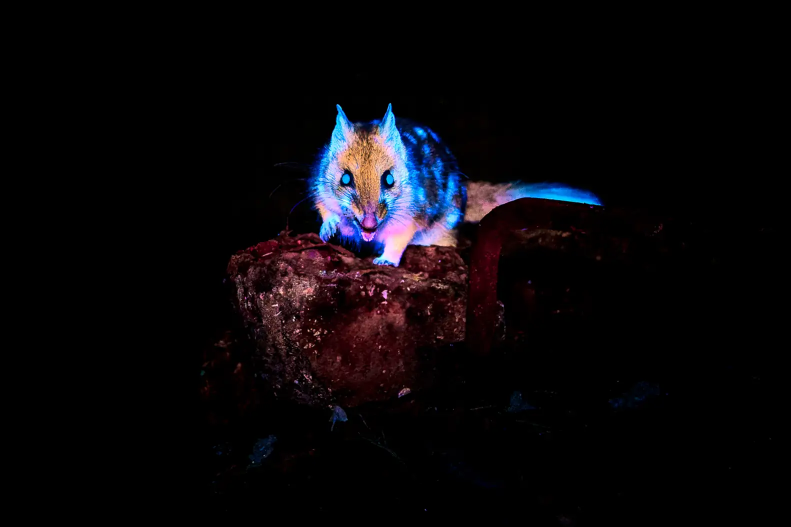
Sadly, eastern quolls are endangered. Climate change, habitat loss, and road accidents have severely reduced their population. Alldridge hopes his photographs will not only awe people but also inspire action to protect these glowing wonders.
“You never know what beauty is hidden in plain sight,” Alldridge said. “Sometimes, all it takes is seeing the world in a different light — literally.”
To learn more about eastern quolls, you can check out Alldridge's web page about them. To keep up with Alldridge's photography work, you can follow him on Instagram.

